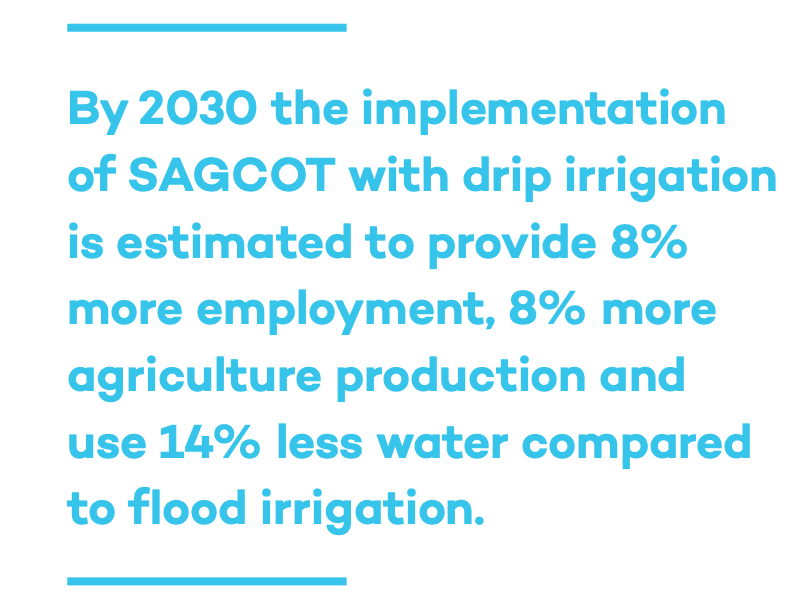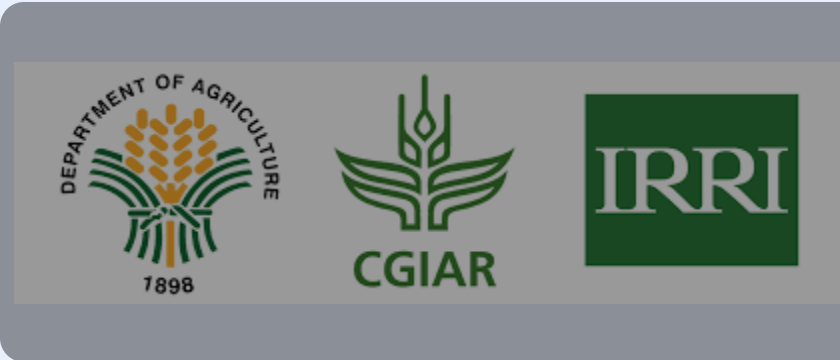From Vision to Impact: Tanzania’s AGCOT Strategy Sets the Pace for Africa’s Agricultural Transformation
By Kilimokwanza.org Reporter
DAR ES SALAAM, Tanzania – May 2025
In a bold and far-reaching policy note, Geoffrey Kirenga, CEO of the Agricultural Growth Corridors of Tanzania (AGCOT) Centre and member of the Presidential Council for Food and Agriculture Delivery, has laid out a compelling roadmap for accelerating Africa’s agricultural transformation.
Titled “From Vision to Impact: Accelerating Africa’s Agricultural Transformation”, the policy note aligns continental ambition with Tanzania’s national agricultural strategy — placing Tanzania in a leadership position in the wake of the 2025 Kampala Declaration.
“Africa’s agriculture is poised at a critical juncture,” writes Kirenga. “With rising food demand, climate variability, rapid population growth, and shifting trade dynamics, a renewed effort is underway to transform agrifood systems.”
At the African Union Heads of State Summit in Kampala, Uganda, held in January 2025, African leaders adopted the Kampala Declaration, a ten-year commitment to transform the continent’s agrifood systems. Anchored in the next phase of the Comprehensive Africa Agricultural Development Programme (CAADP) 2026–2035, the declaration outlines clear goals:
- Increasing food output by 45%
- Halving post-harvest losses
- Processing 35% of food locally
- Cutting hunger by 25%
Crucially, it seeks to unlock USD 100 billion in blended public-private finance — a move Kirenga supports strongly.
“This ambition will be executed through country-level implementation, coordinated by NEPAD and embedded in revised National Agricultural Investment Plans,” he explains, citing Tanzania’s Agriculture Sector Development Programme II (ASDP II) as the anchor.
Tanzania: A Model of Strategic Alignment
Kirenga emphasizes that Tanzania is well-positioned to lead Africa’s transition to sustainable agriculture. Its Vision 2050 and ASDP II mirror the Kampala Declaration’s priorities: inclusive growth, food security, job creation, and environmental sustainability.
“Vision 2050 explicitly positions agriculture as a cornerstone of inclusive growth, industrialisation, and environmental resilience,” writes Kirenga. “It identifies agriculture as a platform for job creation, export growth, and regional development, with special emphasis on youth and women.”
At the heart of Tanzania’s model is the AGCOT 2025–2030 strategy, which leverages a corridor-based approach. Four growth corridors — Central, Northern, Mtwara, and SAGCOT — serve as hubs for localized investment, value chain integration, and coordinated public-private engagement.
“The corridor approach is designed to deepen its impact in core regions while expanding the tested cluster and compact model to other strategic corridors across Tanzania,” Kirenga writes.
From Maputo to Kampala: CAADP’s Evolution
Kirenga provides valuable historical context, tracing Africa’s agricultural journey from the 2003 Maputo Declaration — which called for 10% of national budgets to be allocated to agriculture — through the 2014 Malabo Declaration, which emphasized food security and accountability.
Despite significant progress — including a 175% increase in intra-African trade between 2003 and 2021 — most countries have not met Malabo’s 2025 goals.
“The Kampala Declaration signals a shift from aspiration to execution,” writes Kirenga. “It integrates lessons from 20 years of CAADP and emphasizes implementation, financing, inclusivity, and climate action.”
AGCOT: Tanzania’s Implementation Engine
AGCOT’s three pillars —
- Partnership facilitation
- Policy advocacy
- Climate-smart systems
— align seamlessly with the CAADP 2026–2035 objectives, which include:
- Sustainable food production
- Agro-industrialisation and value addition
- Nutrition security
- Inclusive finance and governance
“AGCOT provides a non-partisan platform where the public and private sectors convene on equal terms,” writes Kirenga. “This approach has proven to be more effective in structured instruments, such as compacts, where all partners agree and commit to delivering the agreed-upon actions in a timely and accountable manner.”
Investing in Data, Climate, and Digital Agriculture
AGCOT’s planned Information Hub will aggregate investment data, value chain metrics, and market information to guide interventions. The Kampala Declaration emphasizes data-driven governance, echoing AGCOT’s investment in climate-smart practices and alignment with the African Green Recovery Action Plan.
“AGCOT’s pioneering efforts in soil health, agroecological intensification, and low-emission technologies are aligned with broader African climate targets,” Kirenga notes.
He also underscores Tanzania’s efforts in carbon finance via the Tanzania Carbon Credit Platform, which supports sustainable agriculture through green investment.
USD 100 Billion Vision: Tanzania is Already Delivering
Kirenga points to Tanzania’s track record of mobilizing over USD 5.3 billion in agriculture-linked investments — 21% from the private sector.
“To scale this, national policy coherence must improve, with streamlined regulations, predictable tax regimes, and supportive trade infrastructure,” he argues. “AGCOT’s policy advocacy platforms, including the Policy Analysis Group and Green Reference Group, provide mechanisms to align investor interests with national goals.”
The Final Word: From Blueprint to Ground-Level Impact
Kirenga’s message is clear: the Kampala Declaration is not just a diplomatic milestone — it is a call to action.
“Africa has a clear blueprint for agricultural transformation. Tanzania is uniquely placed to lead by example,” he writes. “What remains is ensuring continued political will, catalytic investment, data-led governance, and inclusive partnerships.”
And his final appeal is unmistakably people-centered:
“AGCOT believes in inclusivity. It is impossible to sustain an island of wealth in a sea of poverty. That’s why AGCOT remains committed to becoming a standard bearer for the sustainable transformation of African food systems in the 21st century.”


